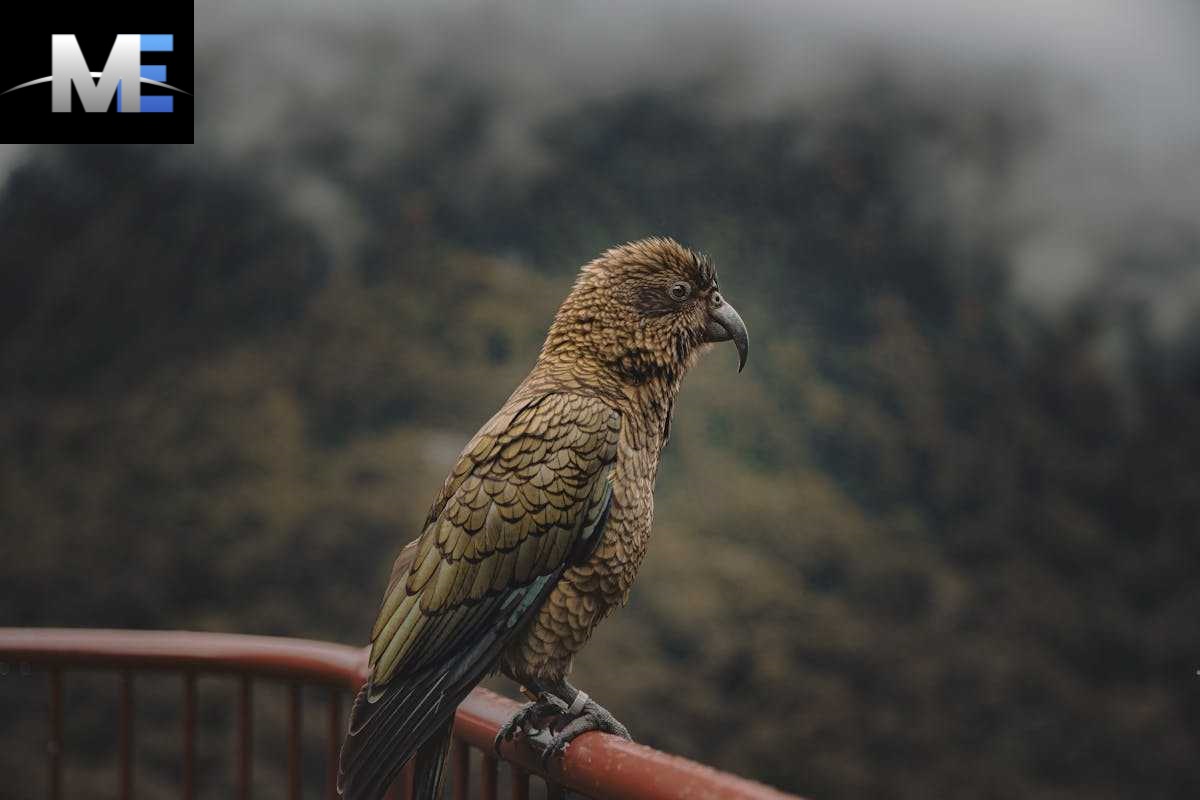Birds have always fascinated humanity, offering a glimpse into the marvels of the natural world. Among the myriad of bird species that captivate ornithologists and bird enthusiasts alike, the “Hancock Bird” holds a special place. This article delves into the history, biology, habitat, cultural significance, and conservation efforts surrounding the Hancock Bird, ensuring a unique and detailed understanding of this avian wonder.
Origin and Discovery of the Hancock Bird
The Hancock Bird was first described in the mid-19th century by renowned naturalist Dr. Edward Hancock, after whom the bird is named. Dr. Hancock’s detailed observations and sketches brought the species to the attention of the scientific community, leading to its inclusion in several prominent ornithological studies. Initially mistaken for a common variant of a local bird species, closer examination revealed unique characteristics that set the Hancock Bird apart.
Physical Characteristics
The Hancock Bird is celebrated for its striking appearance. Key features include:
- Vivid Plumage: Its feathers display an iridescent mix of emerald green, sapphire blue, and hints of gold, making it one of the most colorful birds in its habitat.
- Distinctive Crest: A prominent crest atop its head, resembling a fan, is used in courtship displays and territorial signaling.
- Size and Build: Measuring approximately 12 inches in length, the Hancock Bird is medium-sized, with a lean body optimized for swift flight and agility.
These physical traits not only make the Hancock Bird a visual delight but also play crucial roles in its survival and reproduction.
Habitat and Distribution
The Hancock Bird is predominantly found in the dense, tropical rainforests of Southeast Asia, with significant populations in Malaysia, Indonesia, and parts of Thailand. Its preferred habitat includes:
- Canopy Layers: The bird spends most of its time in the upper canopy, foraging for food and evading predators.
- Proximity to Water Sources: Streams, rivers, and wetlands within the rainforest provide essential hydration and attract insects, a primary food source for the Hancock Bird.
Seasonal migrations have also been observed, with some populations traveling short distances to escape extreme weather conditions or locate better food sources.
Behavior and Diet
The Hancock Bird exhibits fascinating behavioral traits, many of which contribute to its adaptability and survival.
Feeding Habits
Primarily insectivorous, the Hancock Bird’s diet includes:
- Beetles
- Caterpillars
- Moths
- Occasionally, small fruits and seeds
Its sharp beak and keen eyesight enable it to hunt with precision, often catching insects mid-flight.
Social Structure
The Hancock Bird is known for its complex social behaviors. While generally solitary, it forms temporary flocks during migration or in areas with abundant food. Communication within these flocks involves a mix of vocal calls and visual signals, demonstrating a sophisticated social structure.
Mating Rituals
One of the most captivating aspects of the Hancock Bird’s behavior is its elaborate mating rituals. Males perform intricate dances and vocalizations to attract females, often showcasing their vibrant plumage and crest. Successful courtship typically leads to lifelong pair bonding, a rare trait among birds.
Cultural Significance
The Hancock Bird has made a significant impact on local cultures and traditions in the regions it inhabits. Often regarded as a symbol of beauty and freedom, the bird appears in folklore, art, and even religious ceremonies.
- Folklore: In Indonesian myths, the Hancock Bird is believed to bring good fortune to those who witness its dance.
- Art: Traditional paintings and carvings frequently feature the bird, emphasizing its vibrant colors and majestic demeanor.
- Ceremonies: Feathers of the Hancock Bird are sometimes used in ceremonial attire, symbolizing connection to nature and spiritual balance.
Conservation Status
Despite its cultural significance and ecological importance, the Hancock Bird faces numerous threats that jeopardize its survival. These include:
- Habitat Destruction: Deforestation for agriculture, logging, and urban development has significantly reduced the bird’s natural habitat.
- Climate Change: Altered weather patterns disrupt migration and breeding cycles, affecting population stability.
- Illegal Trade: The bird’s striking appearance makes it a target for poachers and illegal pet trade networks.
Conservation Efforts
To combat these threats, several initiatives have been launched:
- Protected Areas: Establishing wildlife reserves and national parks to safeguard critical habitats.
- Breeding Programs: Captive breeding programs aim to boost population numbers and reintroduce the birds into the wild.
- Awareness Campaigns: Educating local communities about the importance of the Hancock Bird and the need for its protection.
The Role of Technology in Studying the Hancock Bird
Modern technology has revolutionized the study and conservation of the Hancock Bird. Tools such as GPS tracking, drone surveillance, and bioacoustic monitoring provide invaluable data on migration patterns, population densities, and habitat usage. These advancements enable scientists to develop targeted strategies for conservation and ensure the long-term survival of the species.
How to Spot a Hancock Bird
For birdwatching enthusiasts eager to observe the Hancock Bird in its natural habitat, here are some tips:
- Best Locations: Rainforests in Malaysia and Indonesia offer the highest chances of sightings.
- Timing: Early mornings and late afternoons are ideal, as the bird is most active during these times.
- Equipment: A pair of high-quality binoculars and a camera with a good zoom lens can enhance the experience.
- Guides: Hiring a local guide increases the likelihood of spotting the bird and ensures a deeper understanding of its behavior and ecology.
Fun Facts About the Hancock Bird
- The Hancock Bird’s iridescent feathers change color depending on the angle of light, creating a mesmerizing effect.
- Its unique vocalizations include over 20 distinct calls, used for communication and territorial defense.
- The bird’s courtship dance has inspired traditional dances in some Southeast Asian cultures.
- It plays a vital ecological role by controlling insect populations and aiding in seed dispersal.
Conclusion
The Hancock Bird is more than just an avian marvel; it represents the intricate beauty and interconnectedness of our natural world. By understanding its biology, habitat, and the challenges it faces, we can appreciate the importance of preserving this remarkable species. Conservation efforts, combined with increased public awareness, hold the key to ensuring that future generations can continue to admire the Hancock Bird in all its glory.



